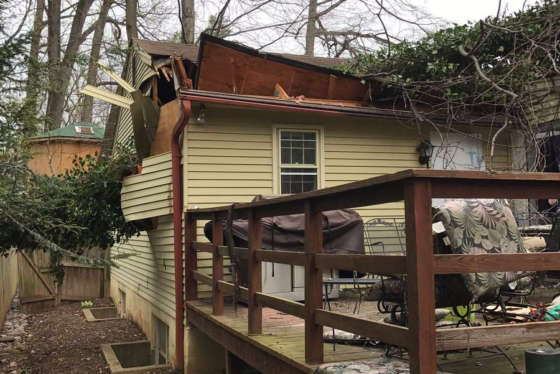WASHINGTON — There are telltale signs a tree might be likely to fall over in violent storms and strong winds.
Homeowners can examine and consider the tree’s root system, age and overall health.
“A tree that’s at risk of toppling almost all the time has had some of its roots compromised,” said Scott Aker, head of horticulture and education at the National Arboretum.
Anchoring root systems can be weakened by excavations, such as a trench being dug, or soil compaction, which can happen, for example, under a sidewalk, or where a car might have parked during a party.
Mushroom-type growths at the base of the trunk are a red flag indicating a tree is dead or dying from “heart rot.” “That tells you that there’s active decay going on there,” Aker said.
Some trees might be at risk of falling because they’re old. Life spans vary by species — silver and red maples can live 100 to 150 years, while a white oak might live for 400 years.
If you have a really old tree, Aker recommends having its condition professionally accessed because they’re usually larger, and can do more damage if they fall.
Hiring an arborist to do a risk assessment, Aker said, is much like having your tree examined by a doctor who knows to ask all the right questions. Depending on the tree and location, prices might range between $150 and $400.
“Worth every penny if it prevents a tree from falling on your house,” Aker noted.
Finally, Aker warns about the practice of removing portions of branches from the tops of trees, which some tree service companies claim will reduce your risk.
“We tell people never to top trees,” Aker said. “You compromise the tree’s structure and it’s even more likely to have a problem if you do that. It actually is almost a slow death sentence to that tree if you top it.”









